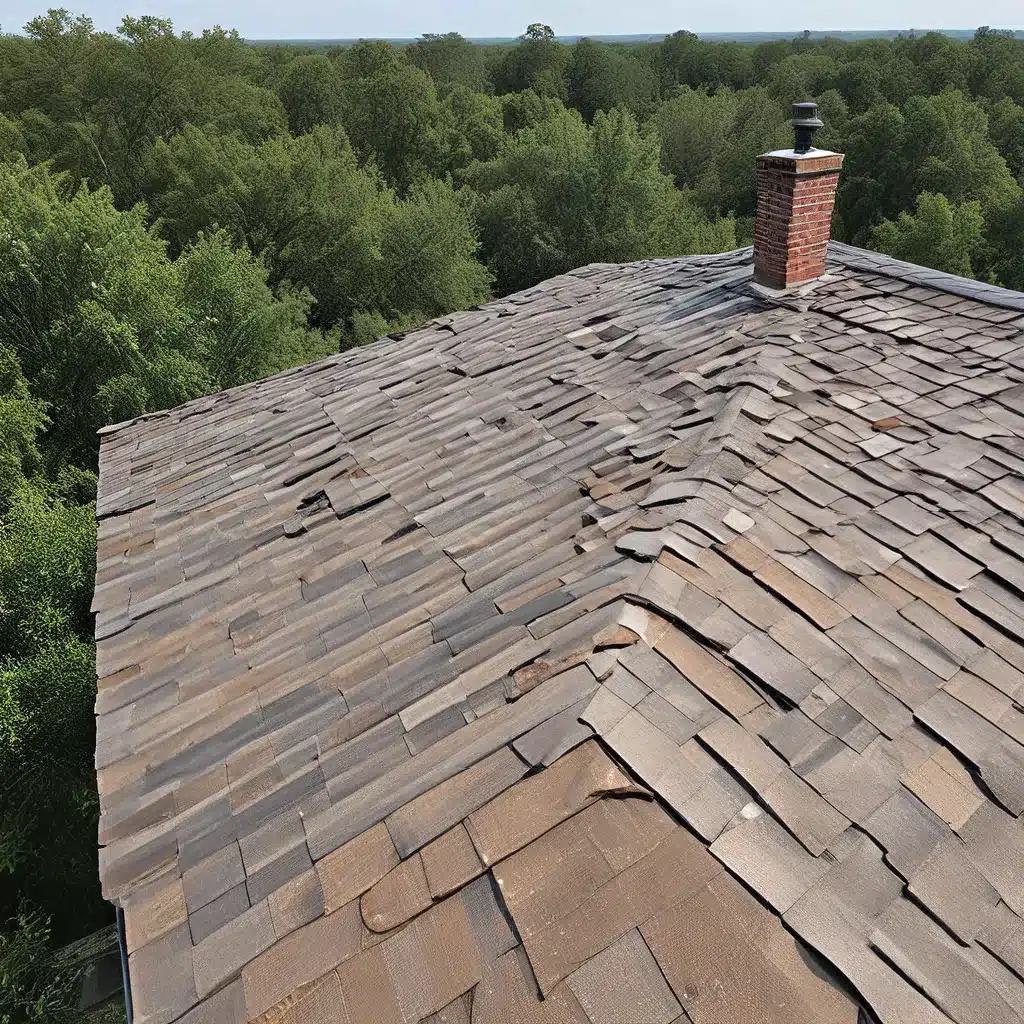
As a lifelong Southerner, I’ve seen my fair share of wild weather – from scorching summers to torrential downpours that make you wonder if Noah’s Ark is about to float by. And when it comes to protecting my home, the roof is always my first line of defense. That’s why I’m on a mission to uncover the secrets of roof resilience and share them with fellow Southerners who are battling the elements.
Adapting to a Changing Climate
Let’s start with the big picture – the climate is changing, and that’s having a direct impact on the way we need to approach home maintenance and improvement. According to the Center for Climate and Energy Solutions, climate resilience is all about our ability to “anticipate, prepare for, and respond to hazardous events, trends, or disturbances related to climate.”
In the South, we’re no strangers to extreme weather events like hurricanes, heat waves, and heavy downpours. But as the planet continues to warm, these events are becoming more frequent and intense. It’s a sobering reality, but the good news is that there are steps we can take to minimize the risks and protect our homes.
The Importance of Roofing
When it comes to climate resilience, the roof is arguably the most crucial component of a home. It’s the first line of defense against the elements, and a well-designed, durable roof can make all the difference in weathering the storm. Whether it’s a Category 5 hurricane or a heat wave that just won’t quit, your roof needs to be up to the task.
But it’s not just about withstanding the immediate impact of extreme weather. As the Center for Climate and Energy Solutions points out, good resilience planning also needs to account for the chronic effects of climate change, like rising sea levels and worsening air quality. And your roof can play a big role in addressing these long-term challenges as well.
Roof Resilience Strategies
So, what can you do to make your roof more resilient? Here are some key strategies to consider:
Material Selection
The roofing material you choose can have a big impact on its ability to withstand the elements. Metal and impact-resistant asphalt shingles, for example, are often recommended for areas prone to high winds and hail. And if you’re in a coastal region, reinforced concrete or slate roofs may be worth the investment to protect against storm surge and flying debris.
Ventilation and Insulation
Proper ventilation and insulation are crucial for managing temperature and reducing energy costs. By keeping hot air out and cool air in (or vice versa, depending on the season), you can help your home stay comfortable while also reducing the strain on your HVAC system. And let’s not forget about the added benefit of reducing your carbon footprint – a win-win for both your wallet and the planet.
Backup Power
In the event of a power outage, a backup power source can be a lifesaver. Whether it’s a portable generator or a solar-powered battery system, having the ability to keep the lights on and the fridge running can make all the difference when Mother Nature flexes her muscles.
Landscaping
Believe it or not, the plants and trees around your home can have a big impact on your roof’s resilience. Strategically placed shade trees can help reduce the amount of direct sunlight hitting your roof, which can prolong its lifespan. And native, drought-resistant plants can help minimize soil erosion and water runoff, further protecting your home.
Maintenance and Upgrades
Regular roof maintenance and strategic upgrades can go a long way in improving its resilience. Things like gutter cleaning, moss removal, and shingle replacement can help ensure your roof is in top shape to withstand whatever comes its way. And if you’re really serious about future-proofing your home, consider investing in cool roof coatings, green roof systems, or solar panels – all of which can enhance your roof’s performance and energy efficiency.
Putting It All Together
As a homeowner, it can feel a bit overwhelming to think about all the factors that go into creating a climate-resilient roof. But the truth is, there’s no one-size-fits-all solution. The key is to tailor your approach to the specific needs and challenges of your local climate and your home.
For example, if you live in a coastal region, you might prioritize reinforced roofing materials and a backup power source. But if you’re in the heart of the South, where heat and humidity reign supreme, your focus might be on ventilation, insulation, and landscaping. And no matter where you are, regular maintenance should always be a top priority.
The good news is that there are professionals out there who can help guide you through the process. Whether it’s a roofing contractor, an energy auditor, or a landscape designer, tapping into their expertise can make all the difference in ensuring your home is ready to weather whatever Mother Nature has in store.
And let’s not forget about the financial incentives that can make some of these resilience-boosting upgrades more accessible. From federal grants to state and local tax credits, there are plenty of ways to offset the initial costs and start investing in the long-term health of your home.
So, fellow Southerners, let’s embrace our role as climate resilience pioneers. By taking proactive steps to fortify our roofs and our homes, we can not only protect our most valuable asset but also set an example for the rest of the country. After all, if we can weather the storms of the South, just imagine what we can accomplish when the rest of the world catches up.
And who knows, maybe one day we’ll be the ones offering roofing tips to our friends up North as they try to keep their homes from blowing away in a blizzard. But for now, let’s focus on keeping our own roofs firmly in place, no matter what the weather throws our way.